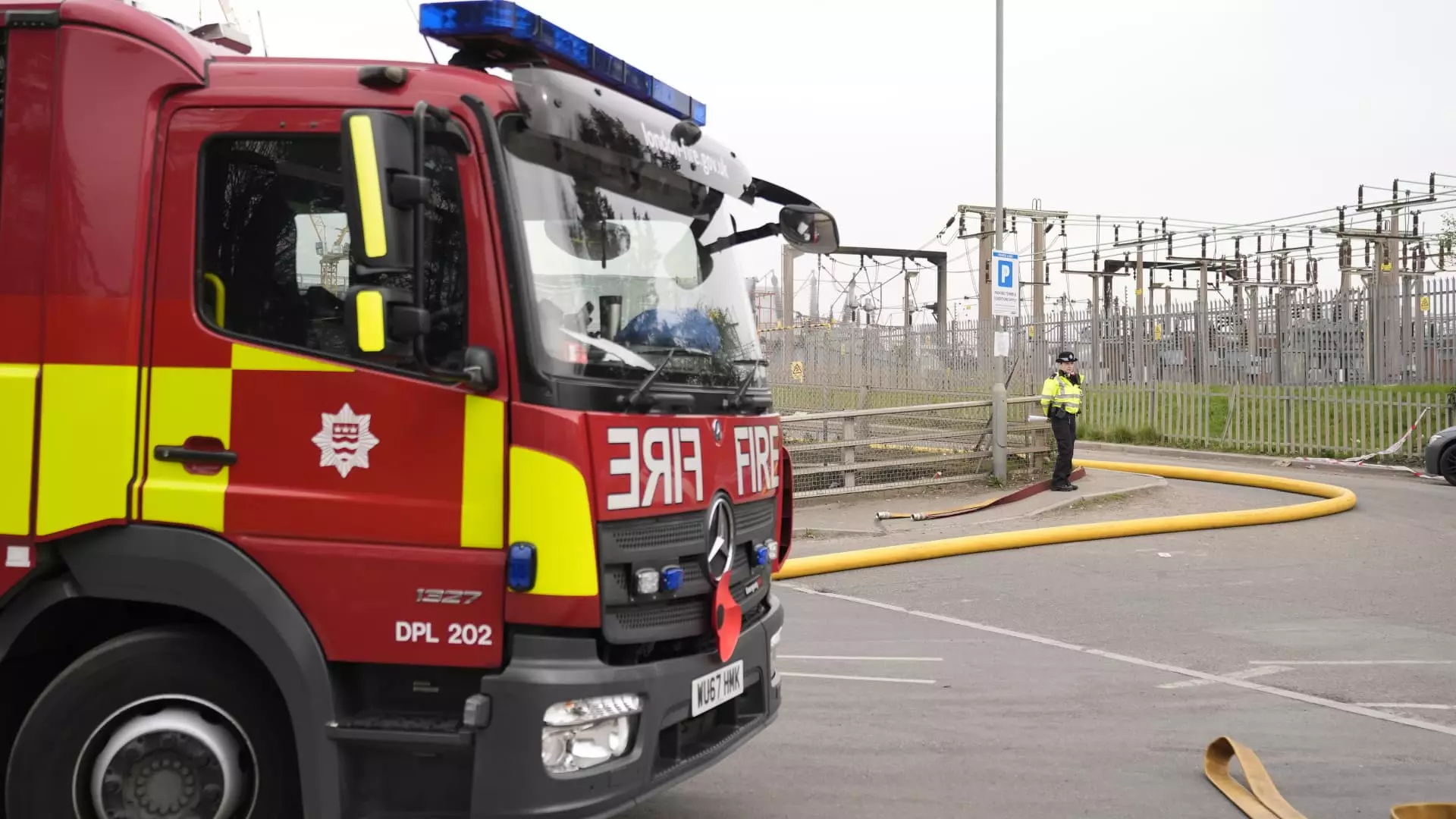The recent shutdown of Heathrow Airport due to an unforeseen fire at an electricity substation serves as both a warning and a critical lesson for the aviation industry. With millions of travelers impacted and extensive flight cancellations shaking passenger confidence, this incident forces us to confront the vulnerabilities lurking within an industry that has taken flight in unprecedented ways, only to reveal its fragility in a moment of crisis. The fire not only exposed the operational weaknesses at one of the busiest airports globally but also reignited discussions about the need for resilient infrastructure to support a booming aviation sector.
Anita Mendiratta, a prominent travel industry expert, aptly highlighted that the rapid growth of airborne travel has significantly outpaced the development of necessary supporting infrastructure. Her remarks underscore a pressing concern: as airlines and airports across the globe scale up capacity and service offerings, they must also invest in robust frameworks that can weather any storm—whether it be an energy supply disruption or a geopolitical upheaval. This inequity between growth and resilience is alarming, and it challenges stakeholders to reassess priorities that may currently favor profit margins over reliability and safety.
A Single Point of Failure
What makes the situation at Heathrow particularly troubling is the reliance on a “single” power source—a glaring oversight that should never have made it past planning stages. Willie Walsh, director general of the International Air Transport Association, characterized this dependency as a fundamental flaw in the airport’s emergency preparedness. In an increasingly complex and unpredictable world, redundancy is crucial. Relying on one energy source not only puts passengers at risk but also jeopardizes the entire aviation network that connects economies and cultures.
Despite Heathrow representatives asserting the presence of multiple energy sources, the reality remains clear; the impact of the fire reached far beyond the immediate operational failures. A single system’s breakdown led to cascading effects on global logistics and traveler confidence. As Mendiratta pointed out, the ripple effects are extensive, questioning whether other airports are similarly vulnerable. If one of the most advanced airports in the world can be brought to its knees over an inaccurate assessment of energy resiliency, it’s time to scrutinize the planning frameworks that govern aviation infrastructure.
The Financial Implications
The incident’s financial fallout will likely reverberate through the industry, causing a combative dialogue between airlines and insurers. With over 4,000 tons of cargo processed daily at Heathrow, the incident’s economic ramifications extend beyond air travelers to global supply chains already challenged by post-COVID recovery and ongoing geopolitical tensions. Airlines, faced with the immediate burden of accommodating stranded travelers and the looming questions of compensation, run the risk of straining customer relations. Mendiratta hinted at a significant evaluation of customer service practices and long-term reputational health, with investors monitoring profit versus loyalty.
While factors of compensations can usually be traced back to contractual obligations, the uniqueness of this event complicates matters. With the disruption being classified as beyond the airlines’ control, passengers may find themselves without recourse for reimbursement. This adds to the uncertainty and anxiety that travelers already face, making it clear that the need for effective crisis-management strategies is no longer optional but critical for maintaining consumer trust.
The Call for Sustainable Growth
The urgency of addressing infrastructure inadequacies raises an essential conversation about future development—specifically, the proposed third runway at Heathrow. A long-discussed addition that could remedy capacity concerns, calls for expansion must be met with cautious optimism. Just adding more surface area for airlines to operate isn’t enough; we must also consider how such expansions will incorporate sustainable practices. Mendiratta’s emphasis on green technologies in aviation provides a promising avenue for growth that prioritizes environmental stewardship over mere operational capacity.
The aviation industry stands at a crossroads, where ambition to meet rising demand must coincide with the pressing realities of climate change and infrastructure limitations. If there is any silver lining in the aftermath of the Heathrow fire, it is the moment it creates for reevaluating priorities—not only for airports and airlines but also for governments around the world pondering their regulatory frameworks.
In light of these alarming lessons from Heathrow’s ordeal, stakeholders must decide whether to merely patch up a problematic system or to instigate real transformation that accounts for resilience, sustainability, and customer welfare. The safety net of the aviation industry has been frayed, and it’s time for all parties involved to act, ensuring that future crises do not expose the stark vulnerabilities that lie beneath a seemingly thriving facade.


Leave a Reply